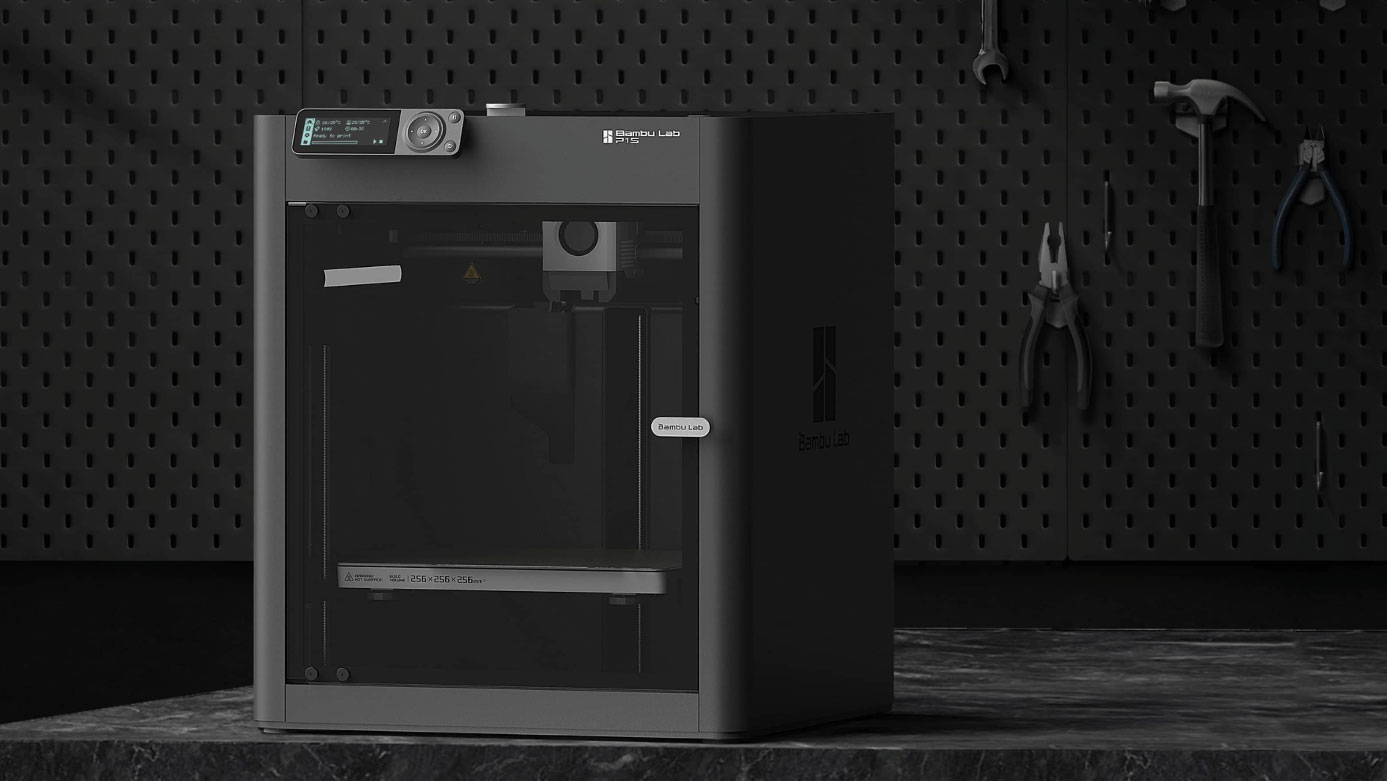Bambu Lab removes third-party app support for P and A series 3D printers

A big part of the 3D printing world includes the frequent adoption of open source tools, reinforced by community-driven support. Whether its files for printing or software for processing them, there are plenty of resources online available to enhance your 3D printing experience. Manufacturer Bambu Labs has created obstructions to this trend, however, by restricting third-party software from being used for its P and A series 3D printers.
The change comes from new firmware releases for the P1P, P1S (we love this printer, check out our review of the P1S to see why), and A1 3D printers. The firmware was centered around this specific decision and doesn't feature any other changes. According to the change logs, printers updated to use this new firmware will reject unofficial software from installing. Bambu Lab has stated that customers are free to continue using older versions of the firmware.
In effect, this prevents owners from using third-party products like OrcaSlicer with their machines by default. Thankfully, there are a few ways around this that will still allow you to make the most of your 3D printing workflow using your favorite apps and add-ons. One way is to avoid the update altogether, however this means your printer will be unsupported going forward unless you choose to update it. The other option is to take advantage of Developer Mode, which enables authorized connections from 3rd party applications.
Bambu Labs' decision isn't entirely a surprise, as it added the same restriction earlier this year to the X series 3D printers. That move wasn't well-received by the community at large, which might be why Bambu Labs decided to add the option to revert to older editions of the firmware that don't have app restrictions. This step drives a wedge between the community and the manufacturer by making it harder for users to use their hardware however they see fit.
Follow Tom's Hardware on Google News to get our up-to-date news, analysis, and reviews in your feeds. Make sure to click the Follow button.
Get Tom's Hardware's best news and in-depth reviews, straight to your inbox.

Ash Hill is a contributing writer for Tom's Hardware with a wealth of experience in the hobby electronics, 3D printing and PCs. She manages the Pi projects of the month and much of our daily Raspberry Pi reporting while also finding the best coupons and deals on all tech.